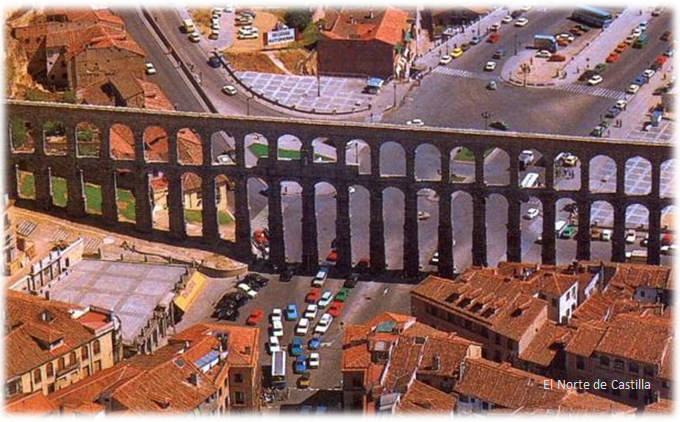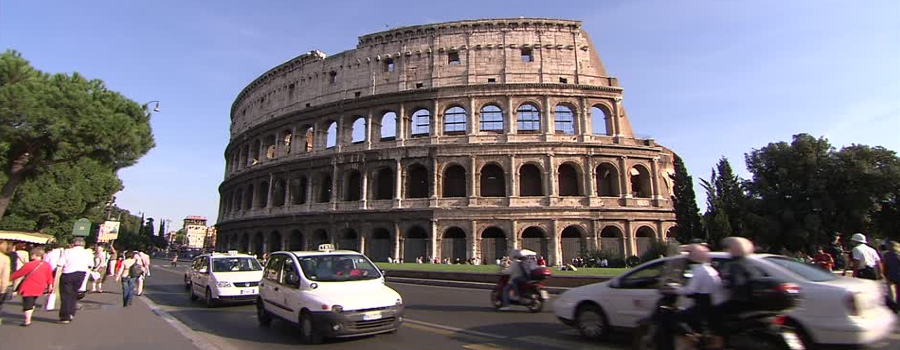In two previous blogs of ‘When the Historic Buildings Talk’ (2) and (3), we have described how does affect and what is the importance of monitoring temperature and humidity as well as lighting (natural and artificial) in historic buildings. To complete this saga of pernicious aspects, the turn to the pollutants is open just now.

We all know, and suffer, that the composition of the air is altered by compounds that come mainly from the use of fuels (road traffic and heating) and industrial activities. These pollutants can trigger chemical reactions in the materials that make up the cultural assets (movable or immovable), degrading them to a greater or lesser extent. The pollutants with the highest concentration in the exterior are sulphur dioxide (SO2), oxides of nitrogen (NOX), ozone (O3) and suspended particles (PM). In addition to these pollutants that “travel free” throughout the air outside the buildings, there are others to be taken into account inside them, such as vapors of organic compounds (COV), products used in conservation and restoration tasks, and even human presence.
Again, we have to ask ourselves: what are their effects? Here it is a short description of the main ones:
- SO2 is related to coal combustion and to industrial activities and transportation. It causes metal corrosion, pigment discoloration, weakening of leather and acidification of paper.
- Among the NOx, the nitrogen dioxide (NO2) needs to be highlighted. It comes from combustion in vehicles and in industry, and associated effects are the discoloration of pigments and the contribution to the degradation of paper and leather.
- The renowned ozone (O3) is naturally present in the stratosphere. This is a good point, because it protects us from malignant solar radiation, but at ground level is linked to road traffic and intense solar radiation. It causes the degradation of natural gums and the discoloration of pigments.
- PM are characterized by their diameter, distinguishing between fine particles (PM 2.5: with diameter equal to or less than 2.5 μm), and coarse particles (PM 10: with a diameter between 2.5 μm and 10 μm –keep in mind that 1 μm is one-millionth of a meter-). The fine ones affect the discoloration and dirt of the surfaces. On the other hand, coarse ones contain highly reactive compounds (e.g. residues from incomplete combustion of road traffic). The dust enters this section: apart from its obvious aesthetic impact (denotes sloppiness and lack of care) can lead to chemical deterioration, and can serve as a habitat for insects (do you get bit?…)
In general, the study of outdoors pollution is more developed and legislated than the indoors one. However, in the field of Cultural Heritage, the study of indoor air quality is very important because of the logical conservation demands. Following once again the criteria of the IPCE, which establishes the Spanish National Preventive Conservation Plan (PNCP), these are the evaluation parameters of the risks derived from the pollution to which the historic buildings are exposed:
- External parameters:
- Medium where the cultural asset is located (rural, urban, industrial, coastal, etc.).
- Polluting sources nearby, whether of anthropogenic origin (industrial and transport processes) or of natural origin (volcanoes, fires, sea water, animal life, vegetation, etc.).
- Meteorological factors such as winds and precipitations that influence the dispersion and deposition of pollutants.
- Internal parameters:
- Sources of indoor pollution.
- Quality of the external air and location of the asset in relation to the exterior.
- Waterproofing of the building, its compartments and furniture.
- Distribution of pollutants by air circulation.
- Already existing air conditioning, heating and ventilation facilities, as well as their use and maintenance.
And, these are the criteria that must be taken into account for the assessment of the deterioration produced by the pollutants:
- The pollution damage is cumulative, so very low limits needs to be set depending on the detection ability of available devices.
- The damage is determined by the dose, i.e. the concentration of the contaminant (in μg/m3 or parts per billion -pbb-) by the exposure time. This exposure time is conveniently estimated to take into account the overall effect.
- Keep in mind the mutual influence between pollution and other already known factors, such as humidity and lighting.
In conclusion, the air quality inside and / or outside the built heritage defines its conservation (see Figure). Let me remind you again that CARTIF is ready to advise you, to help you and to offer solutions tailored to your needs. You can have a look to some projects: RESCATAME, SHCITY and EQUINOX. We have been innovating in Natural and Cultural Heritage for more than 20 years. At your disposal!
- The black gold of Castilla y León: its Cultural Heritage - 5 December 2024
- Talking about everything visible and invisible (II) - 30 August 2024
- Talking about everything visible and invisible (I) - 22 March 2024
